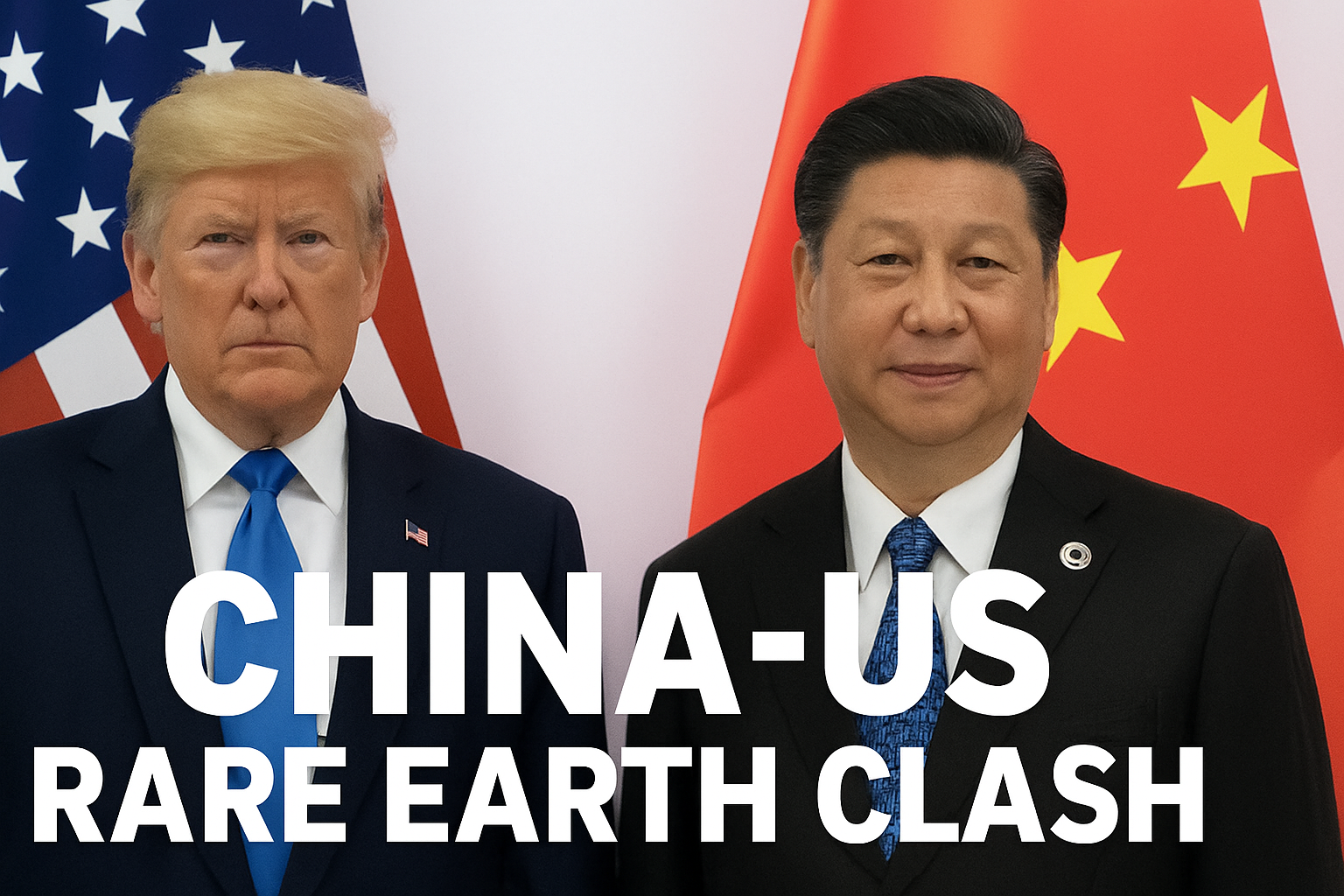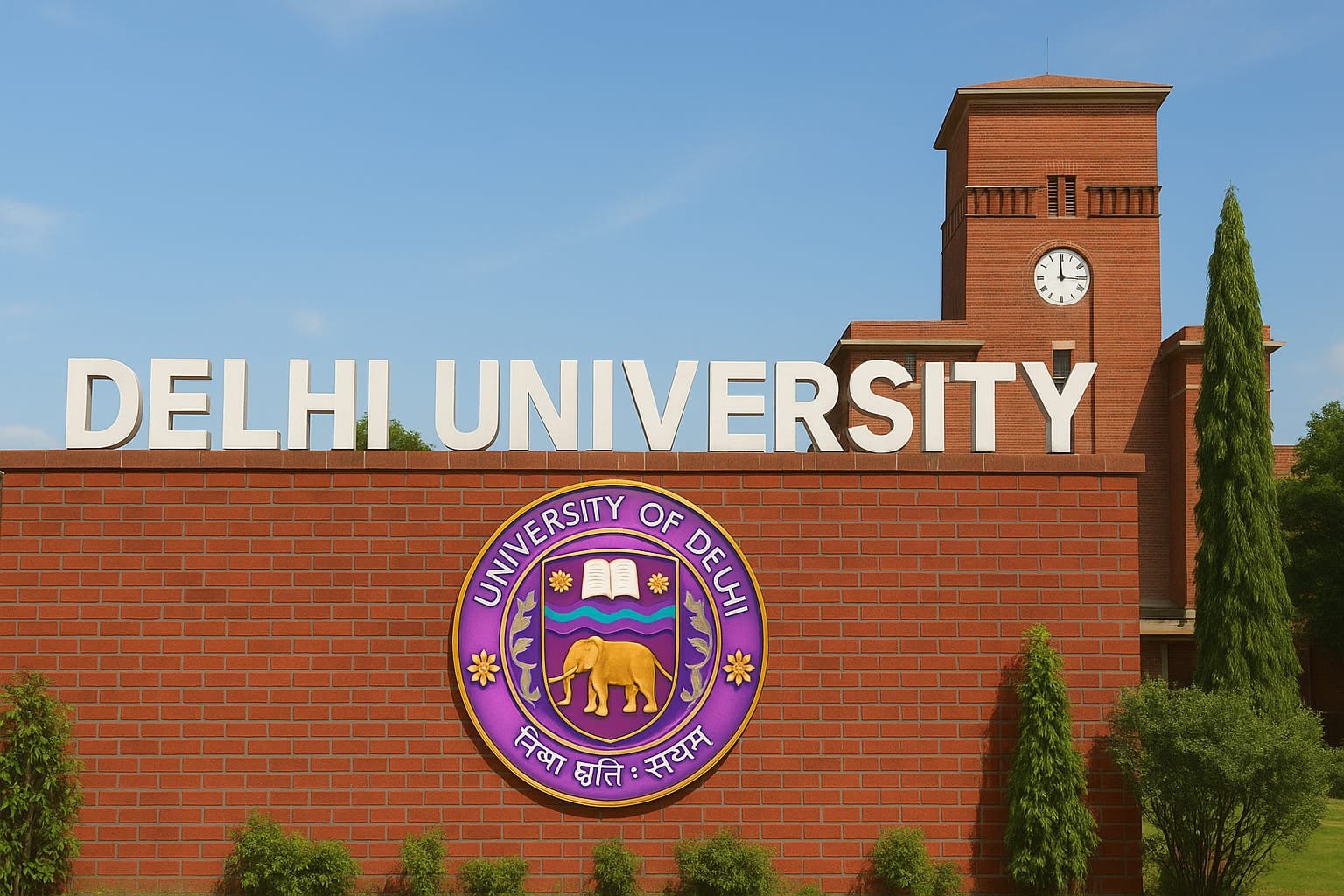
In a landmark academic development, Delhi University (DU) has taken a significant step towards promoting linguistic diversity in media education by approving the introduction of a master’s programme in Journalism in Hindi. The Standing Committee on Academic Matters (SCOAM), in its meeting held on Friday (May 30, 2025), gave the green light to this new postgraduate course, which is scheduled to begin from the 2025–26 academic session.
This approval marks a transformative moment for language-based higher education in India, especially in the field of media and communication. According to committee member Ram Kishore Yadav, the Hindi-medium journalism course will be launched under DU’s Department of Hindi. He further noted that a corresponding master's programme in Journalism in English is also on the horizon and is slated to begin in the 2026–27 academic session, under the Department of English.
From Proposal to Implementation
The newly proposed MA in Hindi Journalism now awaits final approval from the Academic Council before implementation. The course will be administered under the Faculty of Arts and has been designed in accordance with the Postgraduate Curriculum Framework (PGCF), a standardized model introduced to ensure academic rigour and interdisciplinary coherence across Indian universities.
This decision reflects DU’s intent to align its academic offerings with evolving societal needs and professional trends. As India's regional language media continues to expand and play a crucial role in shaping public discourse, the institutionalization of Hindi journalism at the postgraduate level signifies an effort to prepare students for the linguistic realities of India’s diverse media landscape.
Syllabus Reforms and Curricular Overhaul
The committee meeting also dealt with broader academic reforms, particularly the syllabi for the seventh and eighth semesters of various undergraduate programmes. This review is part of the university’s ongoing effort to implement the four-year undergraduate programme (FYUP), introduced under the National Education Policy (NEP) 2020.
Three earlier meetings in May 2025, were devoted to finalising syllabus changes. These syllabi, covering a wide range of undergraduate programmes such as BA Education, BA (Honours and Programme) in Hindustani Music and Geography, follow the Undergraduate Curriculum Framework (UGCF). Although some disagreements emerged during the discussions, most of the changes have now received approval from both academic and executive councils.
The emphasis on curriculum restructuring suggests that DU is actively working to future-proof its academic infrastructure. The inclusion of Hindi journalism at the postgraduate level complements this effort by addressing both pedagogical inclusivity and market-driven skill requirements.
The Need for Hindi Journalism in Academia
The launch of a Hindi journalism programme is more than a symbolic gesture—it is a practical response to the growing influence of regional language media in India. Hindi newspapers, television channels, and digital platforms have witnessed remarkable growth in viewership and readership. Despite this trend, academic training in journalism has remained largely English-dominated, often marginalizing students from Hindi-medium backgrounds.
By introducing this course, Delhi University not only democratizes access to journalism education but also strengthens the professional ecosystem of Hindi-language media. Graduates of the programme are expected to play pivotal roles in regional and national newsrooms, government communication departments, and public relations sectors.
Conclusion
The approval of the master’s programme in Hindi Journalism is a timely and progressive move by Delhi University. It underscores a broader institutional shift towards inclusive education that respects linguistic plurality and responds to the evolving needs of India’s socio-cultural fabric. As the course awaits final clearance from the Academic Council, it offers a promising pathway for future journalists trained in the nuances of Hindi language media.
This initiative, when combined with other curriculum updates under the UGCF and PGCF frameworks, places DU at the forefront of academic innovation and inclusivity in higher education.


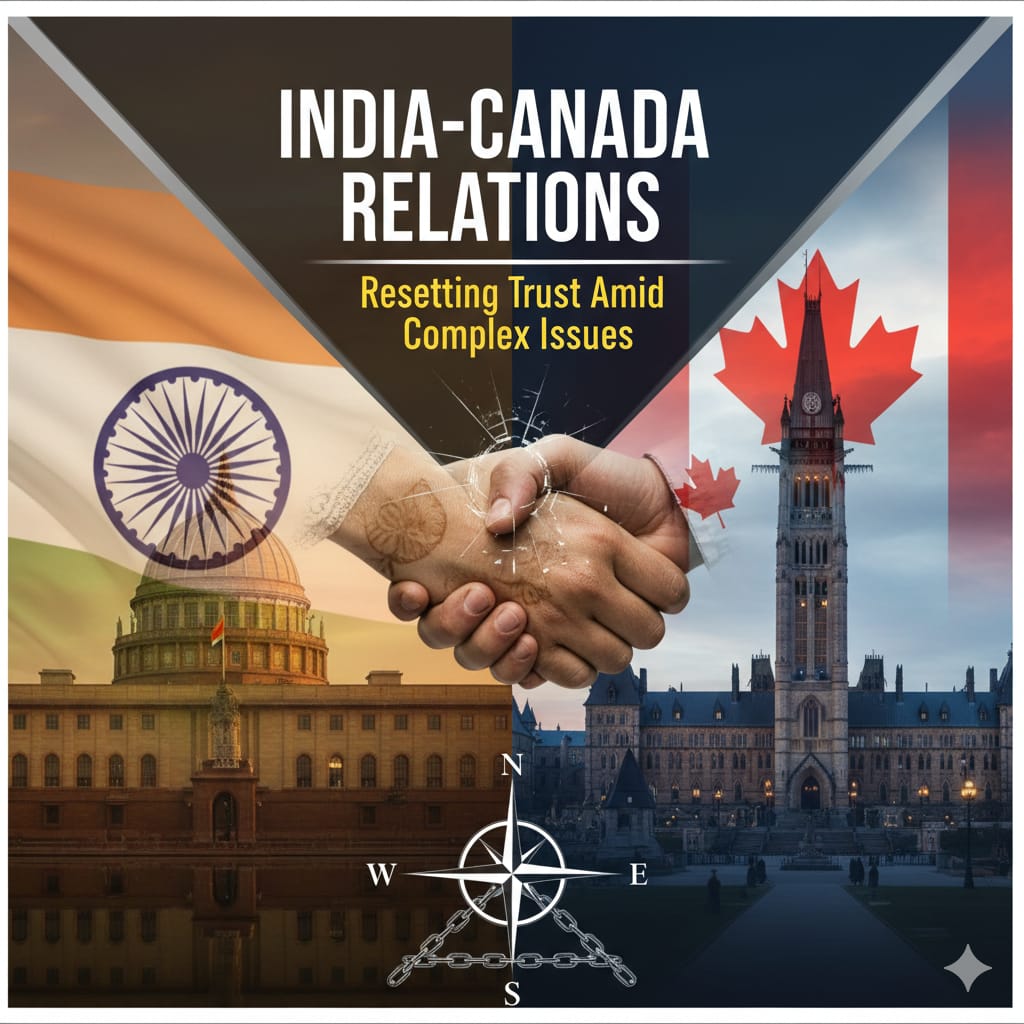
.jpeg)




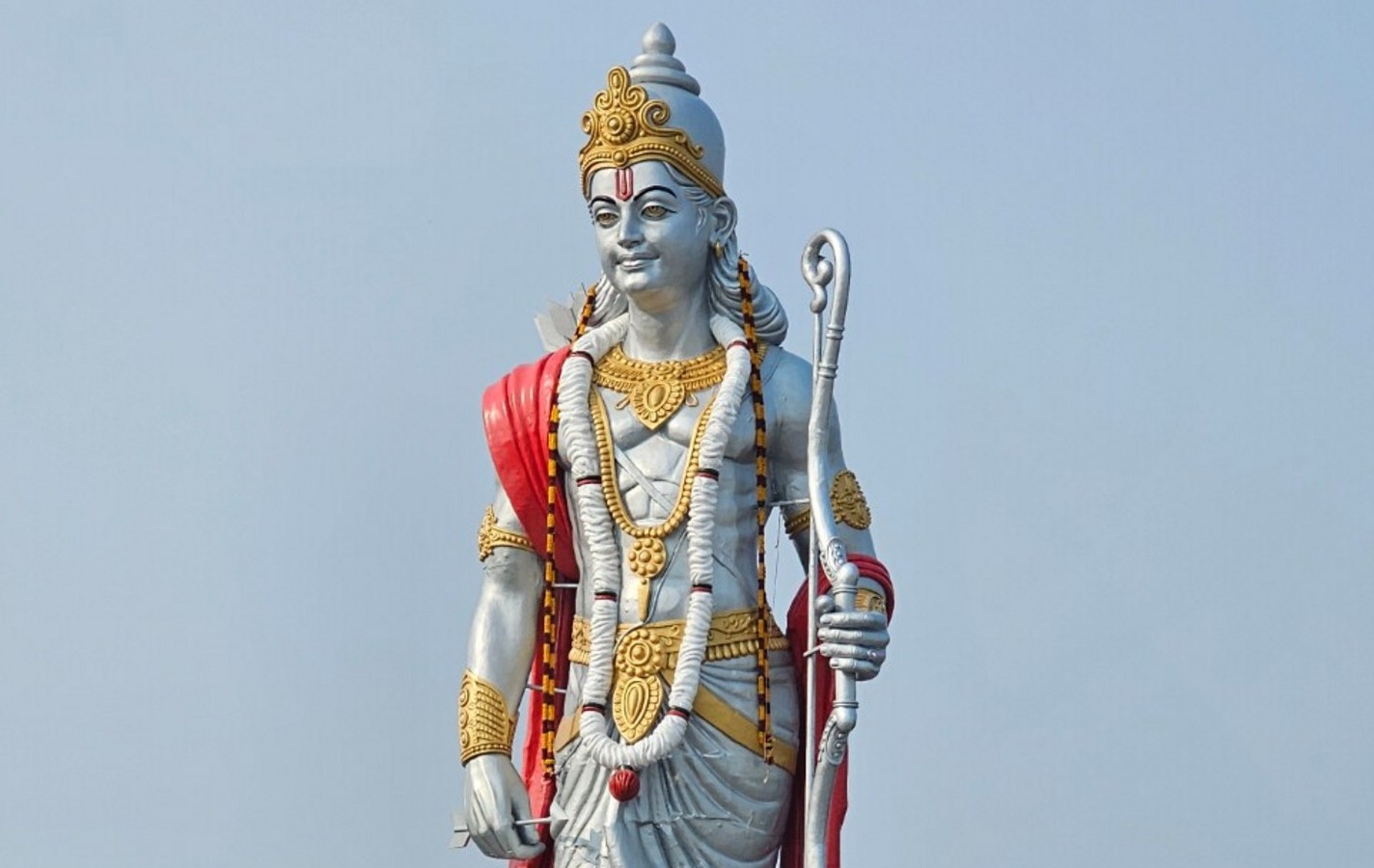
.jpeg)
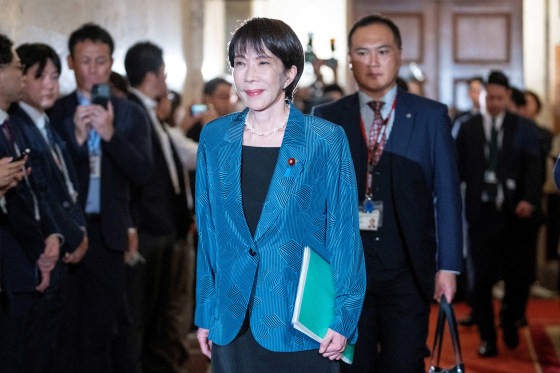


.jpeg)

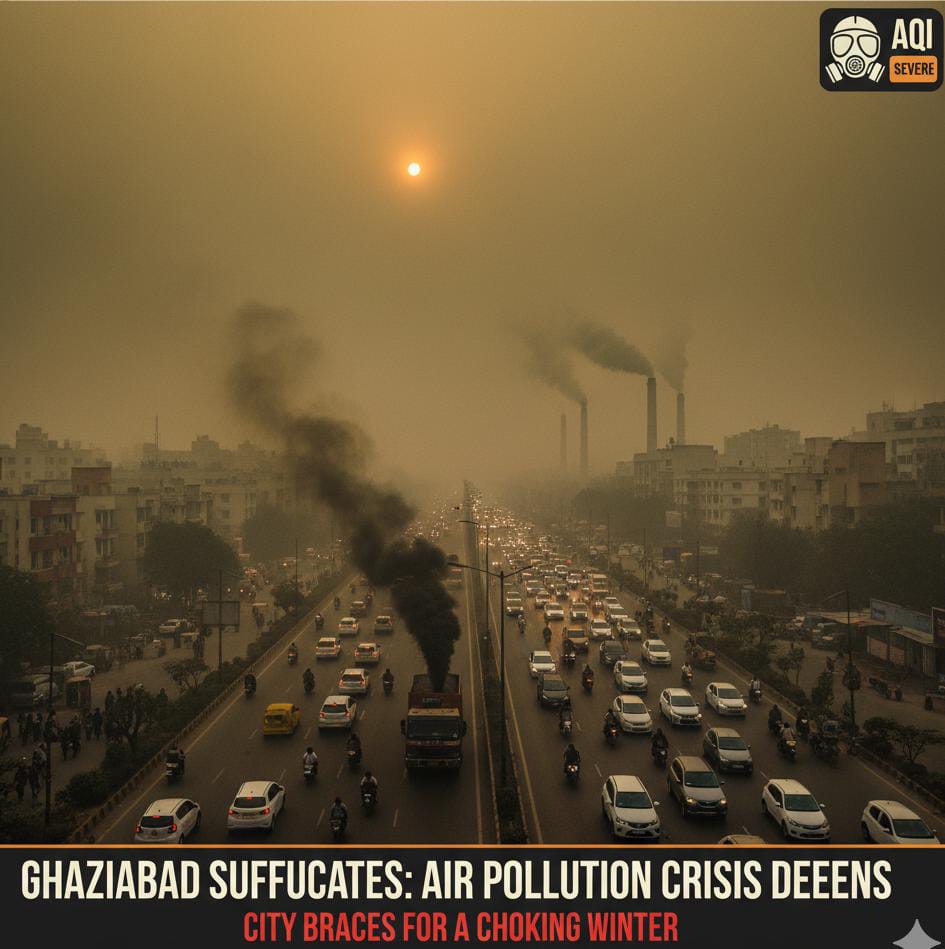

.jpeg)
.jpeg)
.jpeg)
